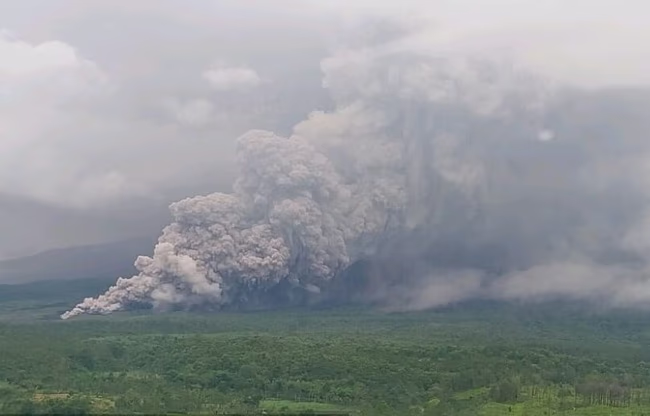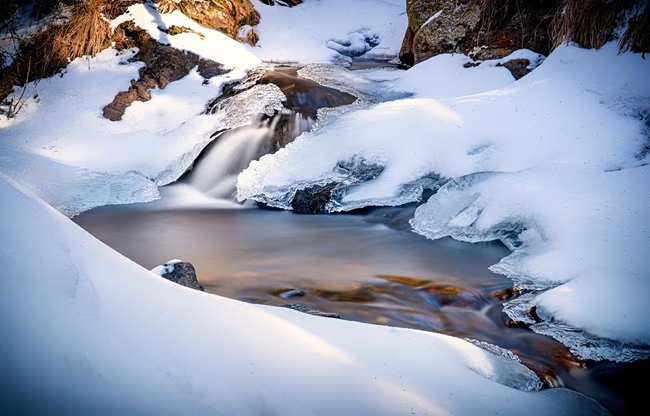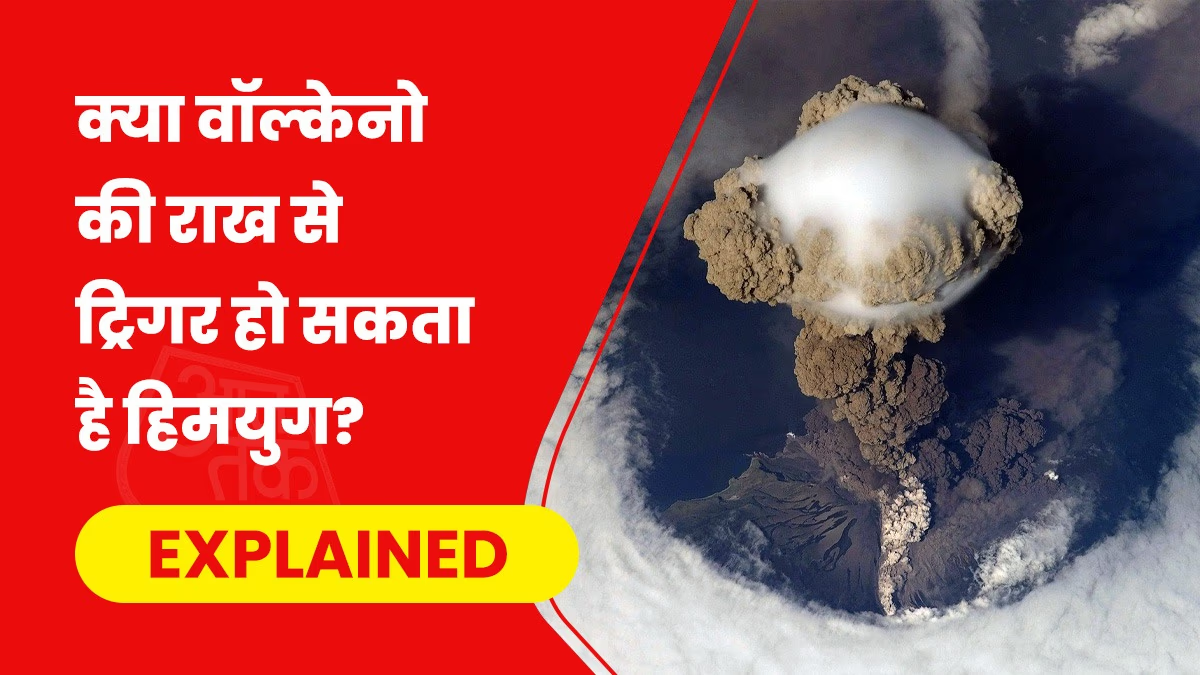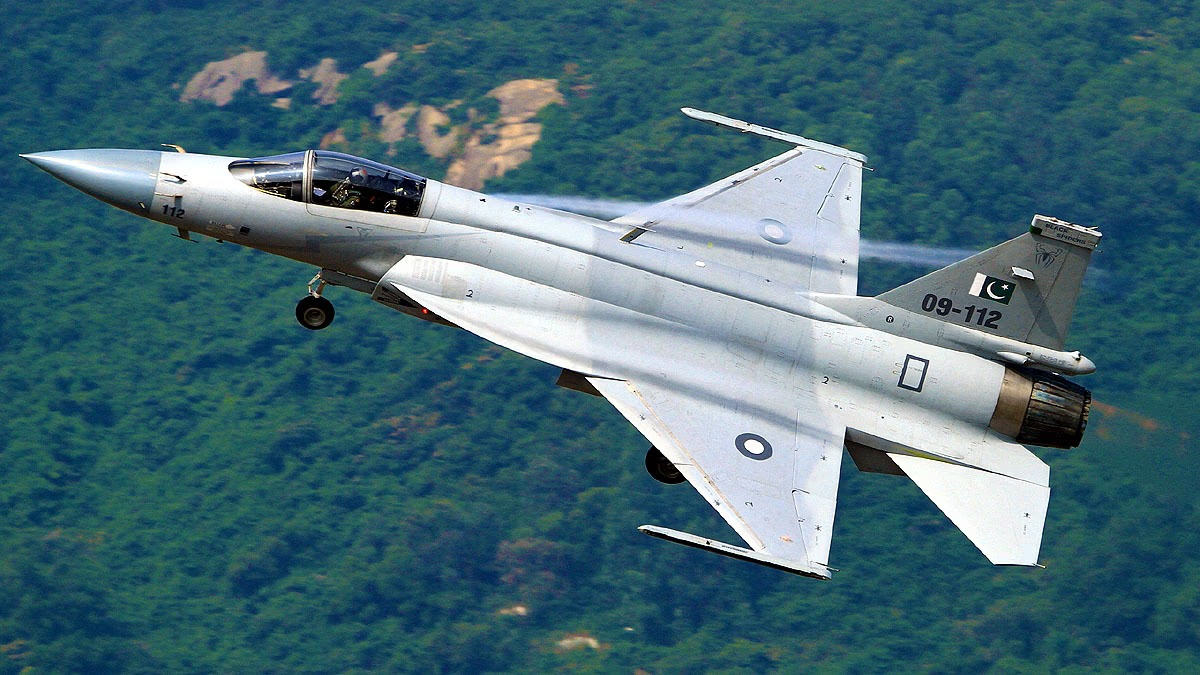The recent eruption of the Haile Gebbi volcano in Ethiopia, occurring after twelve thousand years, has sent ash and toxic gases across thousands of kilometers. This event has impacted flights in multiple countries, including India. It raises questions about the effects of a super volcanic eruption.
When a thick layer of ash and gases disrupts the earth’s atmosphere, temperature declines—a phenomenon sometimes leading to unexpected cold spells.
The Mysterious Eruption That Changed the World
Two centuries ago, one of the most enigmatic volcanic events occurred with Indonesia’s Mount Tambora. The mystery eruptions recorded during the early 19th century left limited scientific records and local witness accounts.
Back then, technological limitation made understanding difficult as Tambora continued erupting. Ash and sulfate aerosols filled the air, dimming sunlight enough to drop the temperature by a significant 1.7 degrees Celsius, an unprecedented decline.
This impact was felt globally—Europe and North America faced a summer-less year with heavy snows, crop failures, and Asia experienced disrupted monsoon patterns leading to famine.

Source: aajtak
Scientists Connect the Dots After the Blast
The Krakatoa eruption in Indonesia, 1883, followed a similar pattern. Its explosive force echoed over hundreds of kilometers. The spreading ash, dust, and sulfur gases created a veil that obstructed sunlight, causing the global temperature to fall by about 1.2 degrees Celsius.
The Cooling Influence of Volcanic Eruptions Explained
Contrary to the assumption that eruptions heat the earth, they often cool it. Volcanic explosions propel ash and dust high into the atmosphere, forming a sun-blocking layer akin to an umbrella.
Sulfur dioxide from the volcano transforms into sulfate aerosols, intensifying this sun-blocking effect, potentially cooling the climate for months or even years.

Source: aajtak
Could This Trigger an Ice Age?
Major volcanic eruptions can usher in temporary global cooling, referred to as a Global Cooling Period, but they cannot instigate an Ice Age, which requires a prolonged cool climate and growing ice sheets over millennia. A volcano's influence is too brief, typically lasting two to three years.
Scientists Explore New Experiments
For decades, scientists have experimented with volcanic eruption models to mitigate global warming. This concept, known as Stratospheric Aerosol Injection (SAI), involves dispatching sulfate particles into the upper atmosphere to reflect sunlight. This could slightly reduce temperatures.
However, the limitations and risks involved mean that while this approach may present a temporary reprieve from heat, it does not address the root causes of global warming. It may also disrupt rainfall patterns, potentially causing floods in some areas and droughts in others. Consequently, countries remain wary, and none has dared large-scale implementation.




